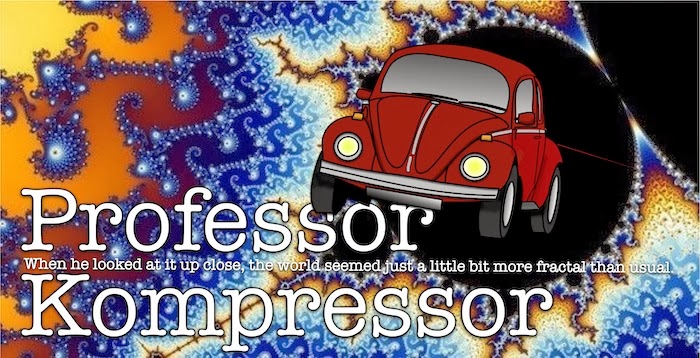It was a sunny day at the end of summer. The Professor
and Lily were sitting in the shade, talking about all sorts of things, enjoying
a refreshing cold drink.
Suddenly a cat came darting
around the corner of the house. Followed by a euphoric, wildly barking, Spot.
The couple careered across the lawn, under the fence and into the neighbouring
farmer’s field.
“Do you think he’ll catch
the poor thing?” asked the Professor.
“Never in a week of
Sundays,” laughed Lily. “That old cat is far too cunning to get caught.”
The Professor thought for a
moment before continuing.
“Have you heard of Schrödinger’s
cat?”
“The what-dinger’s what?”
responded Lily, as she had not.
“A famous scientist from
some time ago,” continued the Professor.
“He was trying to explain
how things work when you experiment on something really small, like the tiny
particles that everything is made from.”
“The idea is that the
measuring affects the outcome.”
“That’s where the cat comes
in.”
“Imagine putting a cat in a
sealed box together with a poison that may be released at any time, but you don’t know when. How can you tell if the
cat is dead or alive?”
“You open… the box?”
suggested Lily with some hesitation because she knew the Professor was fond of
trickery.
“Exactly!” exclaimed the
Professor. “Unless you open the box there is no way of knowing what state the
cat is in.”
“Some people say that the
cat is half alive and half dead until you open the box.”
“Schrödinger was arguing
that this was a bit absurd.”
“It does sound stupid,”
said Lily with emphasis. “What if the cat meows?”
“Make the box sound proof,”
said the Professor.
“What if he scratches the
inside of the box?” Lily was determined not to give up.
“Make sure the inside of
the box is soft so he can’t scratch it,” suggested the Professor, also not
prepared to lose the argument.
“Ah…” said Lily, deciding
to try a different strategy, “… but the cat must be either dead or alive.
Otherwise it doesn’t make sense.”
The Professor was a great
fan of logic, but this time he did not bite.
“Why does it have to make
sense?” the asked. “Do you think that’s the way the world works? Surely there’s
quite a lot of nonsense around?”
“Hmm,” decided Lily.
“That’s funny and not funny at the same time.”
“Anyway,” she finished,
“that hum-dinger guy wouldn’t have got away with it.”
“You’re not allowed to be
cruel to animals.”
Just another short story to celebrate (commiserate?) the last few days of summer. Hope you enjoyed it!
Just another short story to celebrate (commiserate?) the last few days of summer. Hope you enjoyed it!
